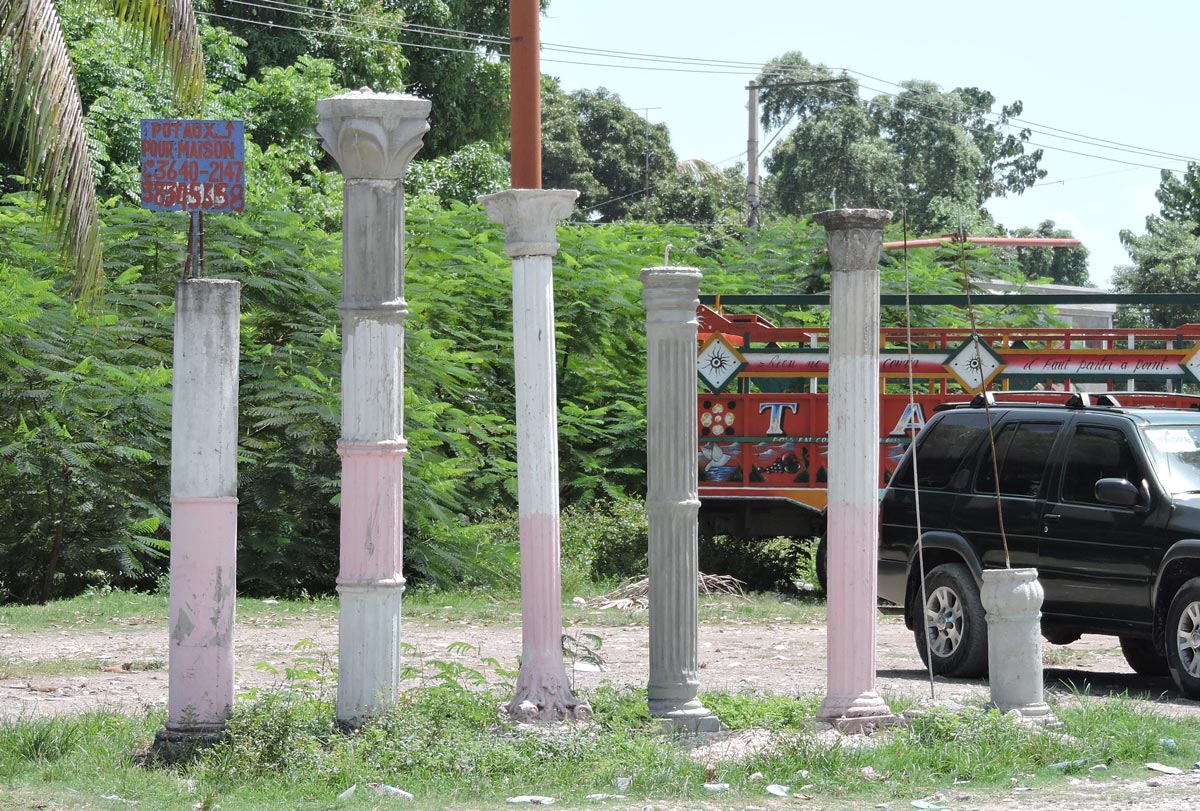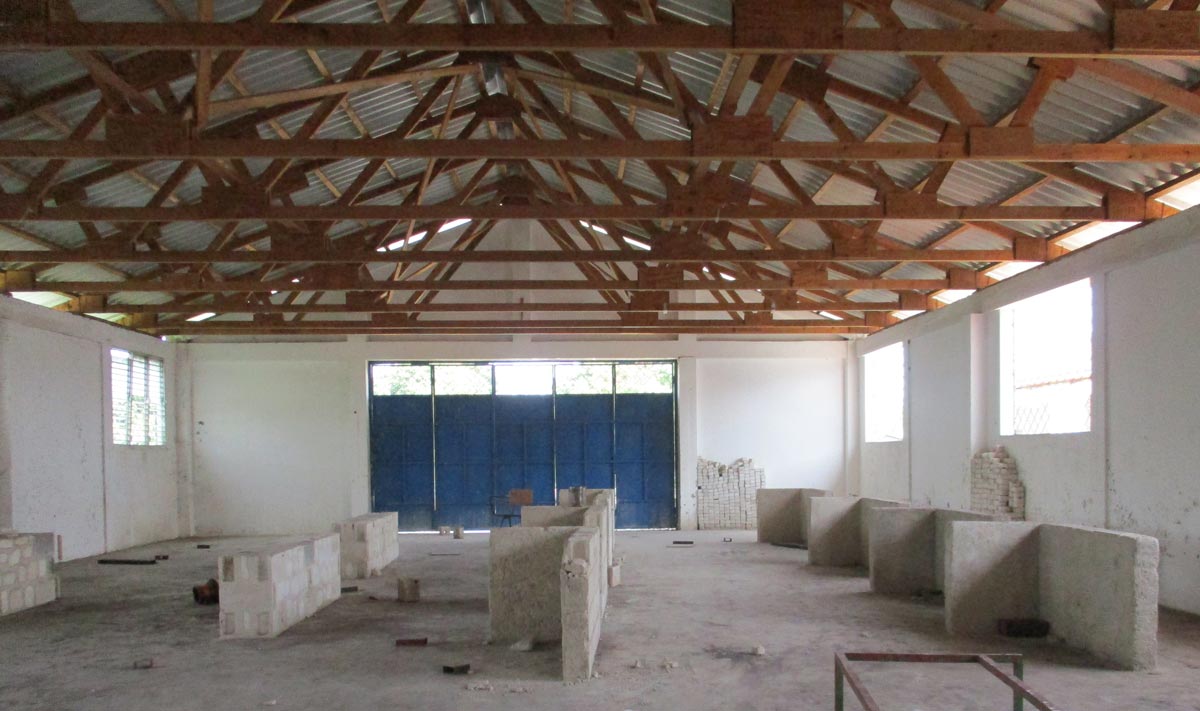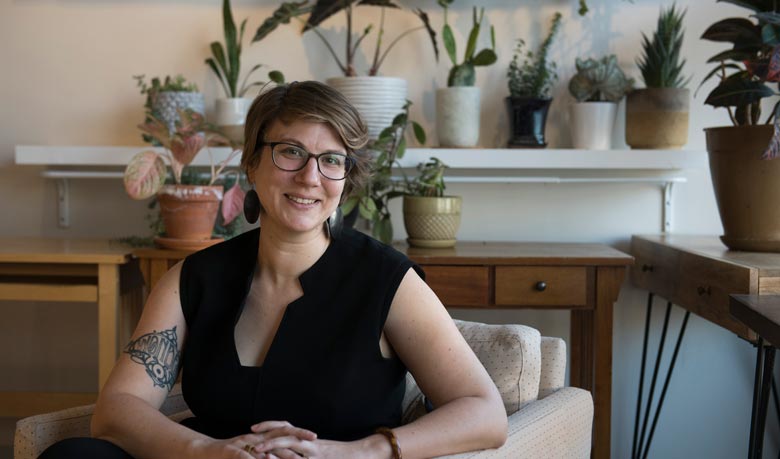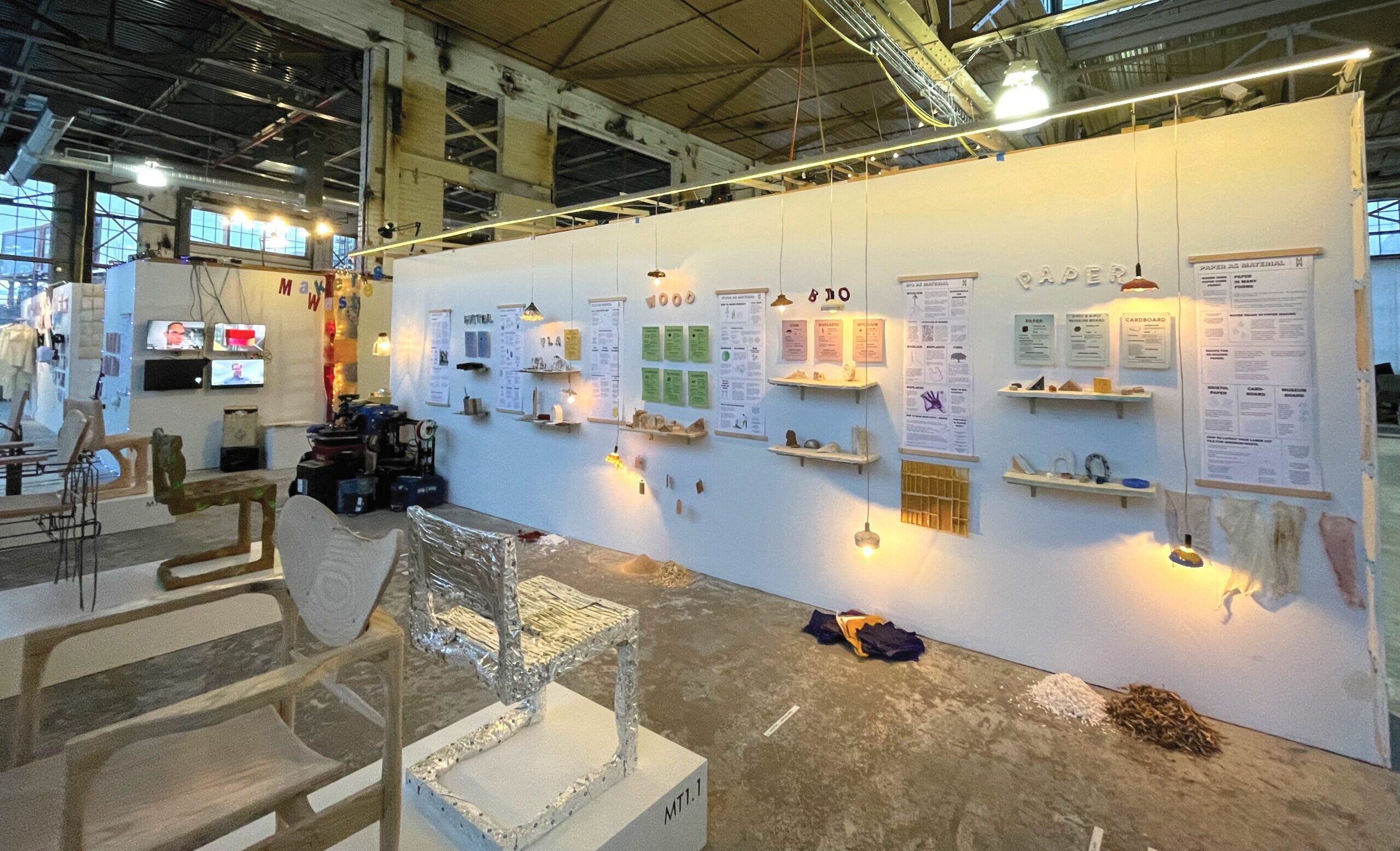Irene Brisson, a doctoral candidate who recently completed the successful defense of her dissertation, has received the 2019–2020 Carter Manny Writing Award from the Graham Foundation for that dissertation. The award was announced earlier this fall.
“Speaking, Gesturing, Drawing, Building: Relational Techniques of a Kreyòl Architecture” was born in the work that Brisson undertook in Haiti as a designer after the devastating 2010 earthquake. “I found both great frailty in the built environment but also an inspiring tradition of design and construction rooted in the struggle for Black sovereignty that inspires my research,” she says.
The vernacular and creole languages — linguistic and architectural — used to produce the majority of the global built environment continue to be delegitimized as ways of knowing, building, and inhabiting by an architectural discipline centered in the global North. Brisson’s dissertation recuperates these voices using ethnographic and archival research to study how contractors, architects, and other house builders communicate design ideas within and across social hierarchies. The analysis of quotidian building practices reveals a more fluid model of relational and situated design practices than those codified by the discipline of architecture, although misalignments between exigencies and policies continue to contribute to a broadly vulnerable built environment. Case studies in Léogâne and Port-au-Prince, Haiti, inform the theorization of Kreyòl architecture as a syncretic and embodied practice of home building which negotiates the transnational circulation of people, technologies, images, and materials.

An array of columns advertise casting molds available for rent, 2018, Léogâne, Haiti. (Photo: Irene Brisson)
“My research provides a framework for understanding the design process as a practice of communication which people from many backgrounds and trades around the world are involved in. I contribute theoretically and methodologically to understanding the built environment as a result of rational and intentional design communication,” Brisson explains.
The Carter Manny Award program supports the completion of outstanding doctoral dissertations on architecture and its role in the arts, culture, and society. Established in 1996, it is the only pre-doctoral award dedicated to architectural scholarship, and honors architect Carter H. Manny and his contributions to the Graham Foundation. Each year the Foundation honors two doctoral students with Carter Manny Awards — one for writing and one for research.
“This award supported me in the last stretch of the long process of researching and writing this dissertation. To have this work, which is primarily ethnographic and centers on historically marginalized architects and architecture, recognized by the Graham Foundation makes me extremely proud and optimistic about the future of our discipline,” Brisson says.

Partial wall mock-ups built by masonry students, 2016, Léogâne, Haiti. (Photo: Irene Brisson)
Her research also has been supported by the Fulbright-Hays Program and predoctoral fellowships from the University of Michigan’s Institute for the Humanities and Rackham Graduate School. Brisson was a recipient of the 2017 Emerging Scholar Award from the Haitian Studies Association.
In 2018, Emine Seda Kayim, a Ph.D. candidate in architecture, became the first University of Michigan student to win the Carter Manny Research Award for her dissertation, “Stasi as Architectural Producer: Surveillance and Scientific Management in the East German Built Environment, 1961–1989.”
Another University of Michigan student, Vishal Khandelwal in the Department of History of Art (part of the College of Literature, Science, and the Arts) received the 2020–2021 Carter Manny Writing Award for his dissertation, “Belonging Without Aligning: India and the Ethics of Design, 1955–1985.” Taubman College faculty member Claire Zimmerman, associate professor of architectural history and theory, serves as his adviser.





